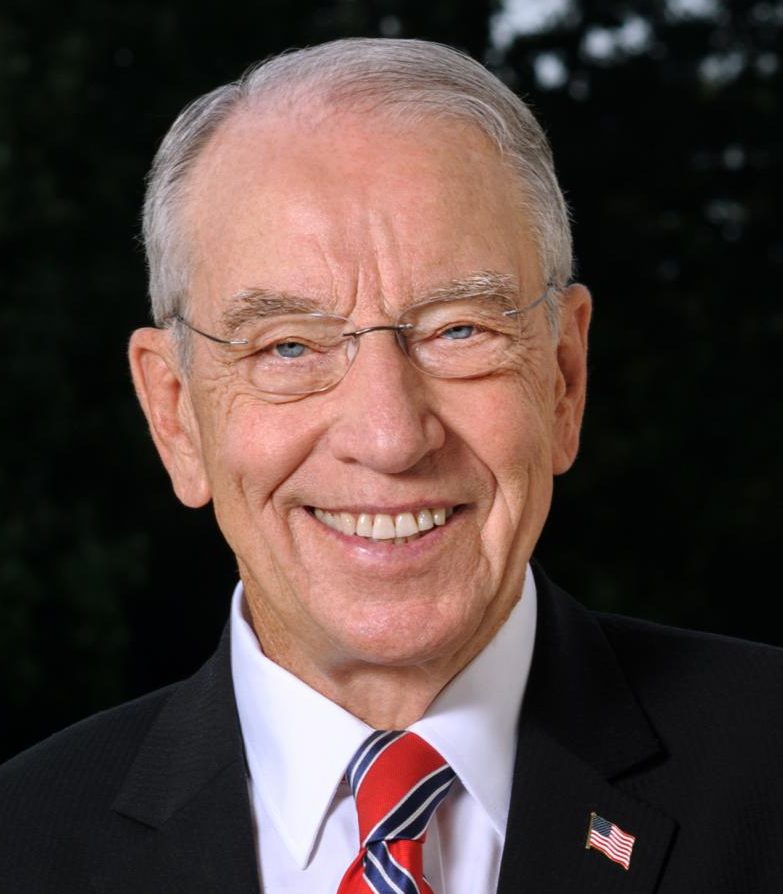This year, the Children’s Bureau’s National Foster Care Month initiative is focused on bringing to light ways that organizations can authentically engage youth in decision-making about their own future. When I first founded the Senate Caucus on Foster Youth in 2009 with then-Senator Landrieu, one of the primary goals was to hear directly from kids in foster care. Nearly half of kids in foster care are under the age of five, and must rely on adults who are charged with their care to advocate for them and speak to their best interest. However, there are also thousands of youth in the foster care system who are teenagers and young adults. While they still need caring adults to guide them and advocate for them, their voices are important and should never be ignored.
If you talk to 20 kids who were in foster care, you’ll hear 20 different stories and perspectives. Sweeping generalizations about the child welfare system or the kids who are entrusted to its care leave many youth unrepresented. The Senate Caucus on Foster Youth once held a roundtable discussion with young adults who had experienced years of foster care. One youth reported that the experience of being removed from his home was the most traumatic thing he had ever been through. He reported that if only someone had helped his mother with her addictions, he could have stayed with her instead of bouncing from foster home to group homes, and back. It’s stories like this one that helped inform the creation of the Family First Prevention Services Act, which is based on the idea that our child welfare system should prioritize keeping families together whenever possible, and preventing entries into foster care in the first place. I supported the passage of this law, and hope that as its implemented, we’ll see fewer children who need to be removed from their homes in order to be safe.
However, another young person on the panel reported that she was placed into foster care as a younger child, and over the years, constantly bounced back and forth between the foster care system and her family of origin. She said she wished that her mother’s parental rights had been terminated much earlier on so that she could have been adopted and found permanency. It’s stories like this that informed the creation of the standard that a child should be made eligible for adoption if they have been in foster care for 15 out of the last 22 months. This provision recognizes that children need permanency, and should not be strung along in the foster care system for years. This is especially crucial for young children and infants, for whom a connection to a consistent caregiver is paramount to development.
There is no one policy solution that will work for all youth. While investments in prevention services will surely help many families avoid separation, the reality is that some children are better served by being placed temporarily into foster care, or adopted. While in some cases, parental rights are terminated too quickly, in other cases it’s not done soon enough, to the detriment of that child’s wellbeing. States should make it easier for children to find a safe, loving, permanent place to call home, and policymakers should be wary of attempts to overturn existing laws that seek to eliminate barriers to permanency.
While there may not be one solution, there should be one guiding principle: we should strive to protect children from abuse and neglect in order to improve their wellbeing. By engaging youth, listening to their experiences and letting them have a say in their own future, those who work with children and families in the child welfare system can formulate the best plan for each individual. Going forward, Congress and state child welfare agencies should renew their focus on putting the best interests of children first.
By engaging youth, listening to their experiences and letting them have a say in their own future, those who work with children and families in the child welfare system can formulate the best plan for each individual.











